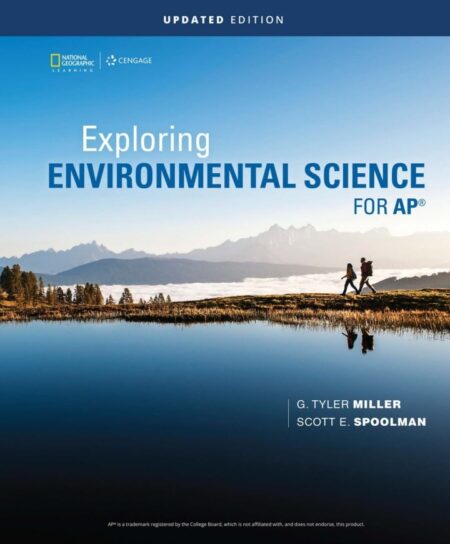Description
K12ae Exploring Environmental Science For Ap Update 1st Edition
E Book for K12AE EXPLORING ENVIRONMENTAL SCIENCE FOR AP UPDATE
$20.30
K12ae Exploring Environmental Science For Ap Update 1st Edition
| book-author | |
|---|---|
| select-format | Download, Hardcover |

Reviews
There are no reviews yet.